Hijab Articles
Why Do Women Wear a Hijab? For These 4 Reasons!
Why do women wear a hijab?
Is it a cultural habit or an Islamic practice that all Muslim women must abide by?
For a long time, the hijab has been subject to endless debates about its purpose, its origins, and why women wear it. Some people fail to realize that it’s an Islamic requirement that Muslim women can’t ditch, and some people believe that it’s an act of oppressing Muslim women.
What these people don’t know is, the hijab is a symbol of modesty. It’s a beautiful piece of clothing that’s meant to protect you from hungry gazes and represent your modesty and your submission to Allah’s will.
Let’s explore the purpose of the hijab in Islam, its history, and its importance.
What Is the Purpose of Wearing the Hijab?
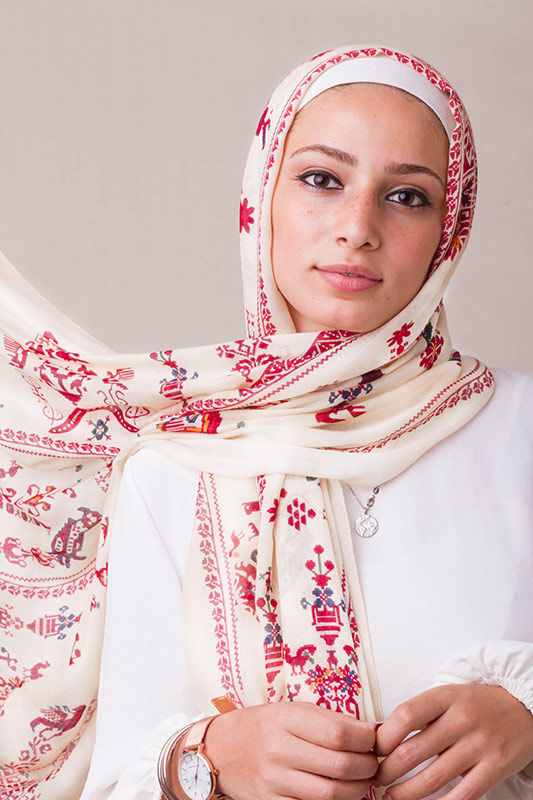
Muslim women have different purposes for wearing the hijab, depending on their community and their upbringing.
Recommended: can non-muslims wear hijabs?
The ultimate purpose of wearing the hijab is modesty, and that’s why Allah mandated it. However, that’s not the sole reason Muslim women wear it.
Here’s why most Muslim women wear the hijab:
Modesty
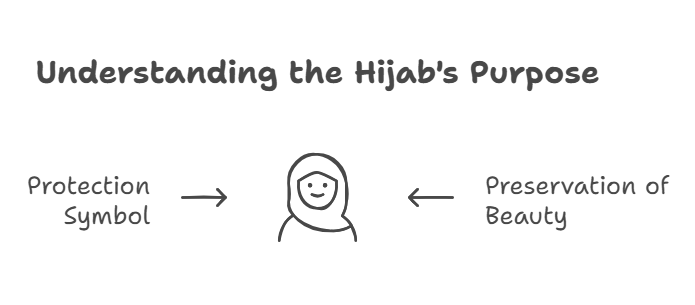
Allah mandated the hijab because it preserves women’s beauty and keeps it hidden from hungry gazes. It’s meant as a symbol of protection rather than a symbol of oppression as some Westerners may perceive it.
Hijab promotes physical modesty by mandating women to wear loose clothes that are neither transparent nor ornamental. A hijab should cover the hair, neck, and chest, and the woman wearing it must keep her clothes modest and subtle without attracting too much attention from men.
On top of that, the hijab encourages spiritual modesty because it represents a woman’s acceptance and compliance with Allah’s commands. It strengthens the connection between the woman and Allah and encourages her to act modestly as a show of respect for the hijab she’s wearing.
Resisting Western Beauty Standards
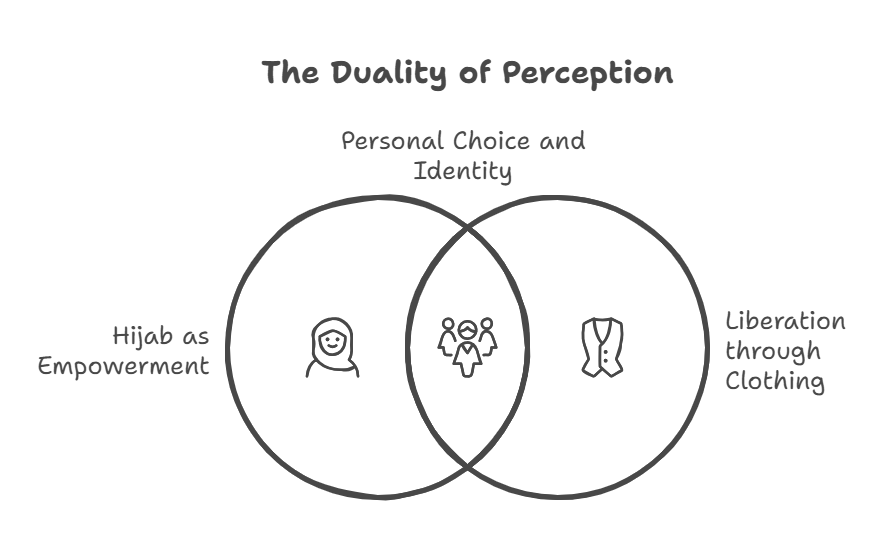
Although all women wearing the hijab are mainly doing it for modesty, some women have other motives as well.
For example, many women are now wearing it as a way of resisting Western beauty standards that dictate that the more you expose, the prettier you are. These women want to say that you can still look beautiful without showing your body or wearing revealing clothes.
They’re also wearing the hijab as a way of telling the world that covering up doesn’t necessarily mean oppression, nor does removing clothing articles mean liberation.
Liberation is essentially letting each woman wear as she prefers without pressurizing her into beauty standards that include revealing her body parts.
Protection
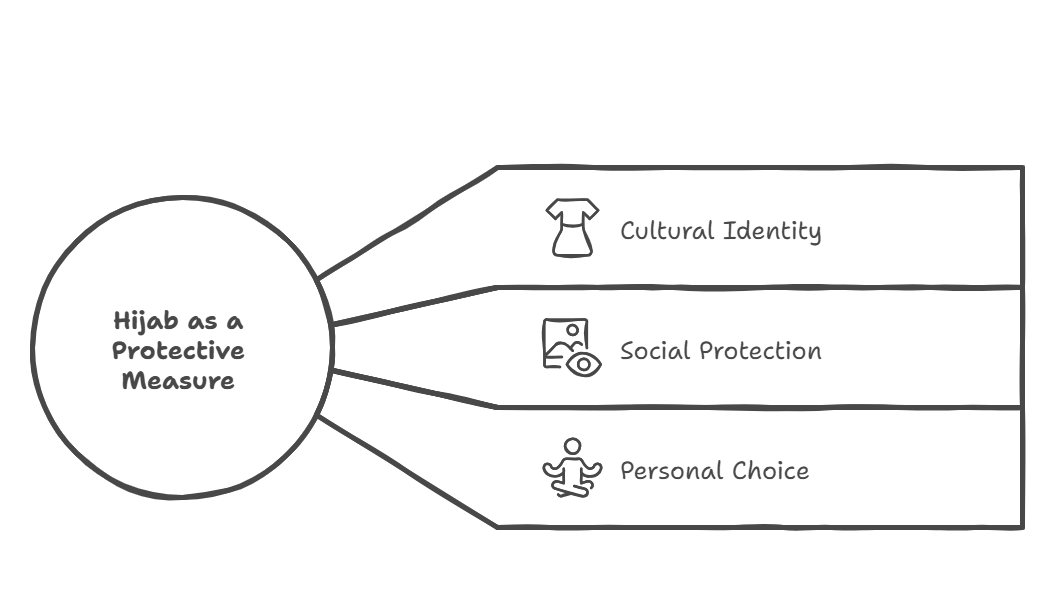
In some parts of the world, Muslim women wear the hijab for protection purposes. Wearing a hijab and covering up typically keeps you in the shadows without attracting much attention, so you’re less subject to harassment and rude comments from men.
That’s why some women living in dangerous areas mostly stick to their hijabs to protect them from intruding eyes.
Complying With Cultural Pressure or Laws
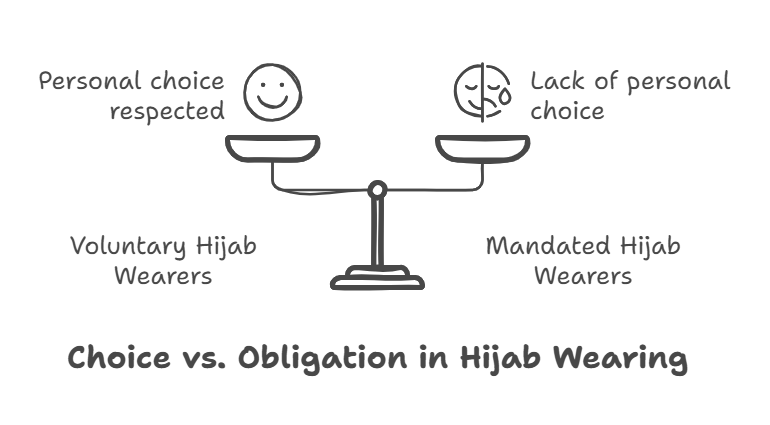
Although the hijab was never meant to be a symbol of oppression, some countries mandate it by law, giving Muslim women no choice but to comply and wear it, even if they’re not convinced of wearing it.
Until some years back, the hijab was required by law in Saudi Arabia, and no woman was allowed to go out of her house without it.
While mandating hijab by law seems like it’ll result in more women wearing it, which is good for Islam, it can actually have counter effects. Oppressing women to wear the hijab may cause them to lash out and stop practicing Islamic duties as a way of repelling the law.
So, the country will end up with a lot of Hijabi women, some of which don’t pray or practice Islam as they should, which is worse than simply not wearing the hijab.
Readers Also Ask: can you wear a hat over your hijab?
Why Can’t Hijab Show Hair?
Hijab can’t show hair because hair is a symbol of beauty and sexuality, and hijab is meant to hide both for the sake of women’s modesty. Revealing the hair makes women prone to more attention from men, which defies the main purpose of the hijab.
What Does the Hijab Represent?
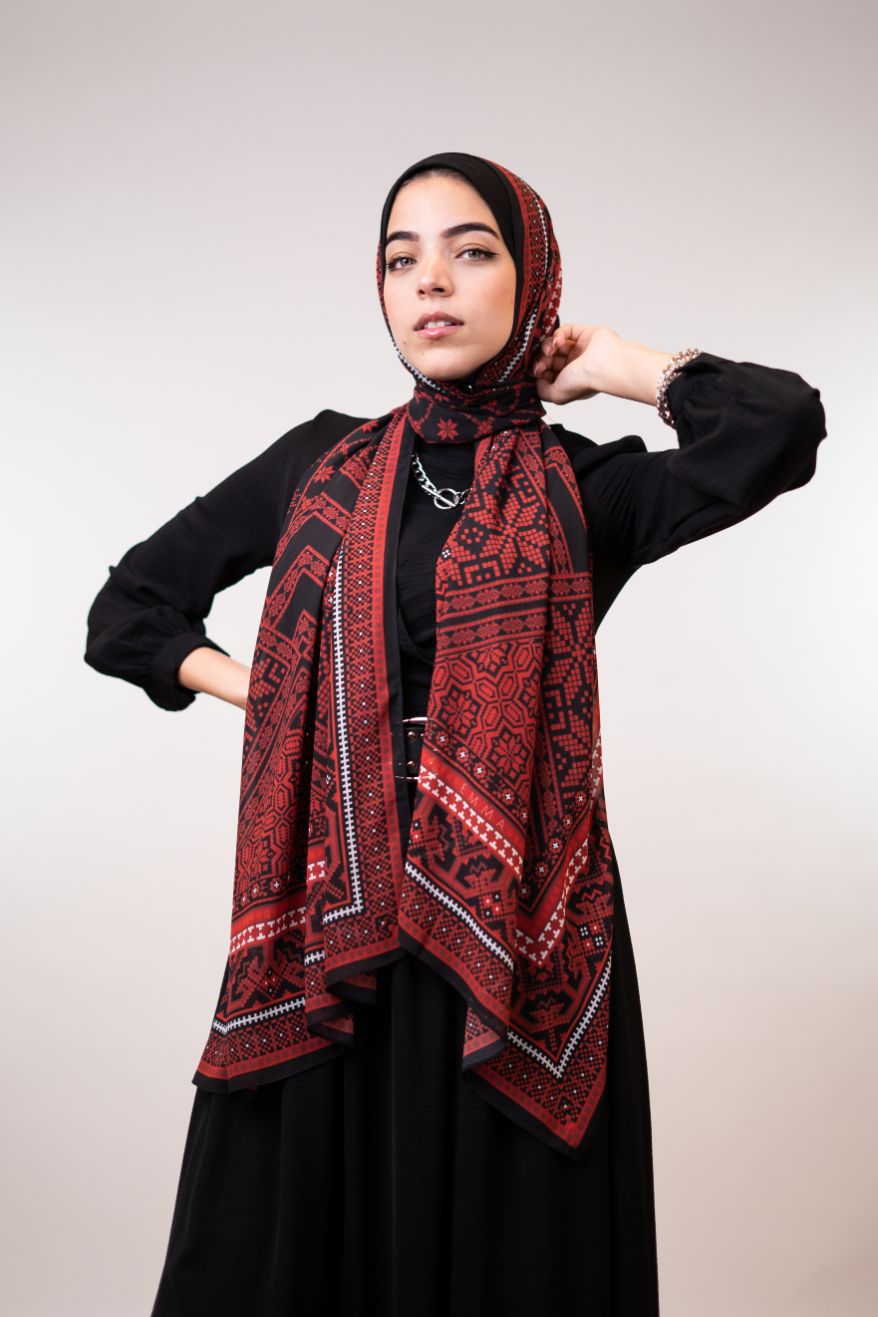
The hijab mainly represents modesty and pride in Islam. It signifies that the woman wearing it is off-limits, and her beauty is preserved for the Mahrems only.
For some people, hijab represents the passage into adulthood because women are only mandated to wear it when they’re fully mature—when they get their first period.
Additionally, in some areas of the world, hijab represents culture rather than religion. Women wear it because they see their predecessors wearing it, not because they’re convinced it’s an Islamic duty.
However, the hijab remains a representation of the Islamic faith and modesty.
Readers Also Ask: is adopting a child haram in Islam?
How Important Is Hijab in Islam?
Hijab is mandatory for all Muslim women, which gives it a position of utmost importance in Islam. This might make it seem like the hijab is the most important Islamic duty for women, but that’s a common misconception.
Hijab is only one factor of Islamic modesty, which branches much further than how a woman dresses. Your modesty doesn’t only include your hijab or the way you dress, but it also includes how you act, how you talk, and how you behave with people around you.
If a hijabi woman can’t put limits between herself and the men around her, and can’t act modestly around people, that doesn’t make her a perfect Muslim only because she’s wearing the hijab. Spiritual modesty is equally as important as physical modesty, if not more.
In fact, Prophet Muhammed has a popular statement about modesty and where it falls from faith:
“Faith has over seventy branches or over sixty branches, the most excellent of which is the declaration that there is no god but Allah, and the humblest of which is the removal of [something harmful] from a path: and modesty is the branch of faith.”
In other words, modesty is only one branch of the Islamic faith, and the hijab is one factor of this modesty. So, it’s important, but there are other important aspects as well that are often overlooked. In the end, there’s a reason it’s not among the five pillars of Islam.
Can a Woman Be a Muslim Without Wearing a Hijab?
Hijab is mandatory for all Muslim women, and it’s an essential part of the Islamic faith. However, this begs the question: can a woman be a Muslim without wearing a hijab?
This has been a matter of controversy forever. A lot of non-Muslims aren’t aware enough of the hijab’s role in Islam, so they’re convinced that a woman can only be a Muslim if she wears a hijab, which is far from the truth.
Hijab is mandatory, but that doesn’t mean that a woman not wearing it isn’t considered a Muslim. As long as she abides by the five pillars of Islam, she’s a Muslim whether the people around her believe it or not.
Hijab isn’t among the five pillars of Islam, so it doesn’t define a woman as a Muslim or non-Muslim.
Plus, Islam, like most religions, includes practitioners with varying degrees of faith. Not all Muslims pray religiously, and not all of them fast during Ramadan. While that’s not right, it’s inevitable due to the lack of proper education in some areas.
So, like you’ll find a lot of hijabi women, you’ll also find a lot of Muslims who aren’t wearing the hijab. Some women are simply not well-educated, so they may not even know that hijab is mandatory.
Other women were oppressed from a young age and forced to wear the hijab. So, they take it off when they realize that it doesn’t define their Islam, and as a way of liberating from their oppressive parents or guardians.
In all cases, although hijab is obligatory for all Muslim women, a woman can be a Muslim without wearing it if she follows the five pillars of Islam.
Recommended: Our favorite printed modal hijabs for this year
Was There Hijab Before Islam?
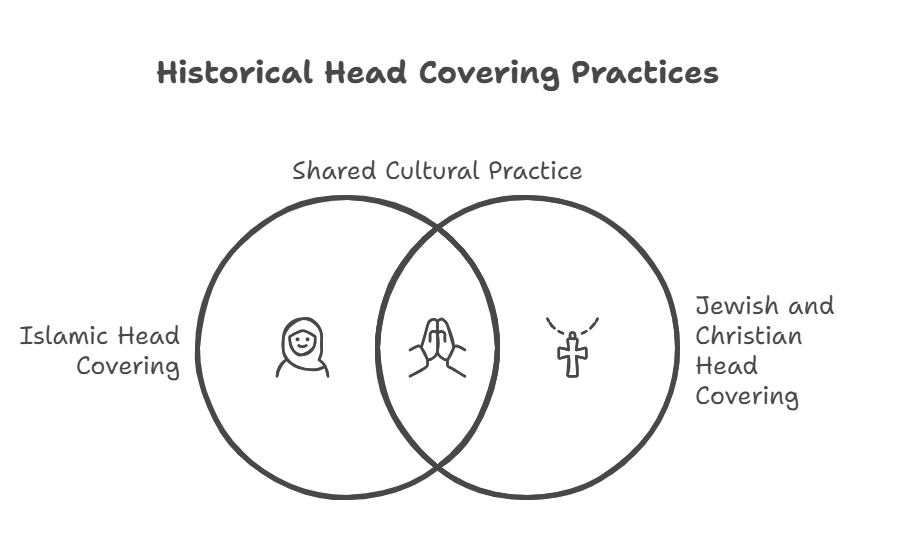
Although the hijab is now purely an Islamic symbol, it actually predates the religion. Some pieces of evidence reveal that women were covering their heads long before Prophet Muhammed began his journey of calling people to Islam.
Jewish and Christian women used to cover their heads as a way of repelling male attention, and Hindu women wore it for religious purposes.
However, the concept of covering the hair didn’t spread through different societies and countries until Islam mandated the hijab. It started spreading through the entire Middle East, later expanding into parts of Asia and Africa.
After that, the hijab started taking different forms according to each woman’s wealth. For example, the hijab was once a symbol of upper-class status, and only rich women wore it.
It was one way to say that the woman’s husband has enough wealth to let his woman wear modestly and refrain from engaging with the public.
Poorer women, on the other hand, seldom wore the hijab because it interfered with their manual jobs.
When Did the Hijab Start Becoming Controversial?
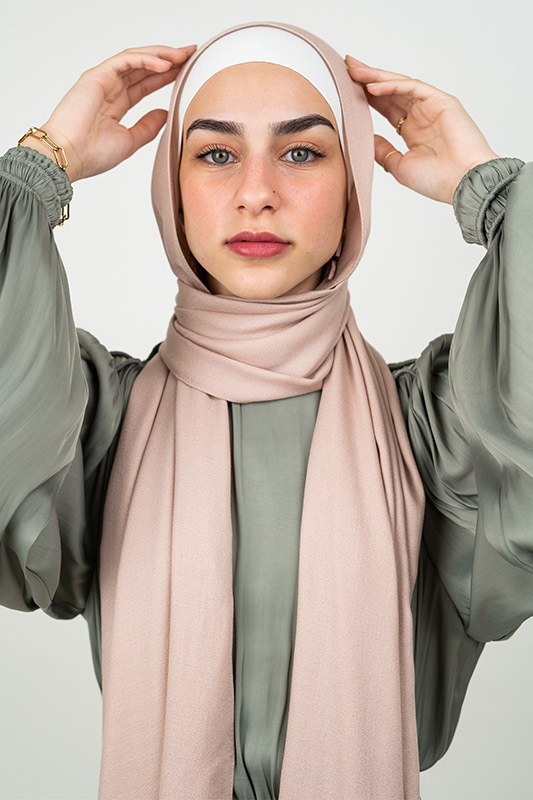
Between the ‘70s and ‘80s of the last century, some Muslim countries started taking extreme measures to ensure that all women wear the hijab. For example, an Iranian law dictated that a woman can’t go out of her house without a veil.
On top of that, in some countries, movements emerged for promoting the hijab, forcing women to wear it by scaring them into submission and spreading talk that any woman without a hijab has a flawed honor.
Some movements even started spreading Islamic outfits that every woman should wear, and they mostly included non-flattering, unfitted gowns with unnecessarily dull colors.
Needless to say, these movements had counter effects, and some people started perceiving hijab as a form of oppression.
Controversy erupted, and some people started questioning the real purpose behind wearing a hijab. Is it to stay modest and submit to Allah? Or is it to follow these movements blindly?
Such questions led to some people believing that women are being coerced to wear the hijab in their countries, although it’s a matter of choice in most cases.
What made matters worse is the Western intrusion. British colonizers used to force Muslim women to remove their hijab as a way of humiliating them and stripping them of their Islamic culture.
This led to some countries adopting the concept that the hijab is a form of refusing the West and its views. Women started wearing it merely as a nationalist movement rather than as a way of submitting to Allah. Lines started blurring, and a lot of people weren’t sure anymore if the hijab is a symbol of the Islamic faith or a sign of repelling Western ideas.
To Wrap Up
So, why do women wear a hijab?
They mainly wear it as a way of submitting to Allah’s commands, and as a representation of modesty. A woman wearing the hijab must act, talk, and behave with modesty, and that’s the real purpose behind the hijab’s obligation in Islam.

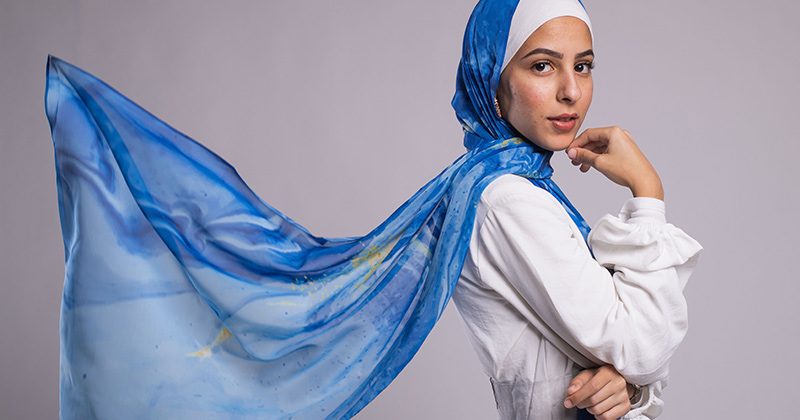
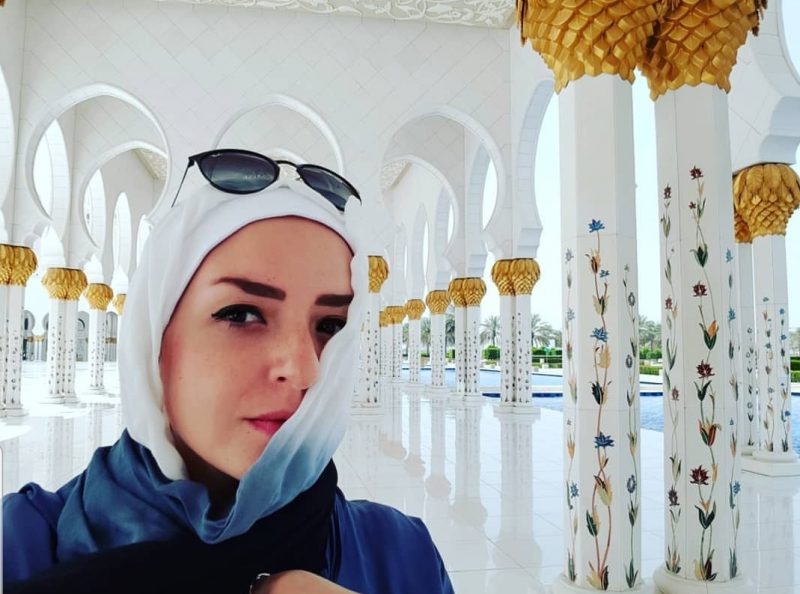

Jazakallah. This article offers a comprehensive exploration of the hijab’s significance in Islam, shedding light on its role in promoting modesty, resisting societal pressures, and fostering spiritual connection. It’s essential to understand the depth and diversity of reasons why Muslim women choose to wear the hijab, reflecting both personal convictions and cultural contexts.